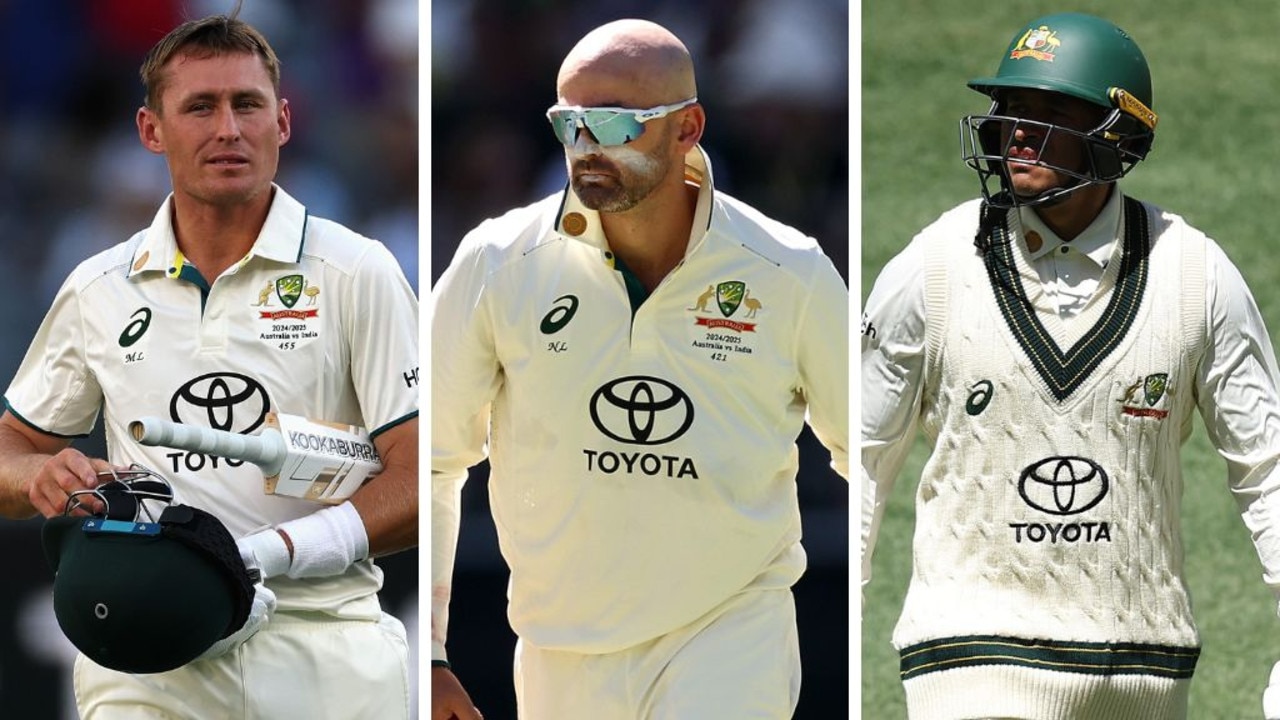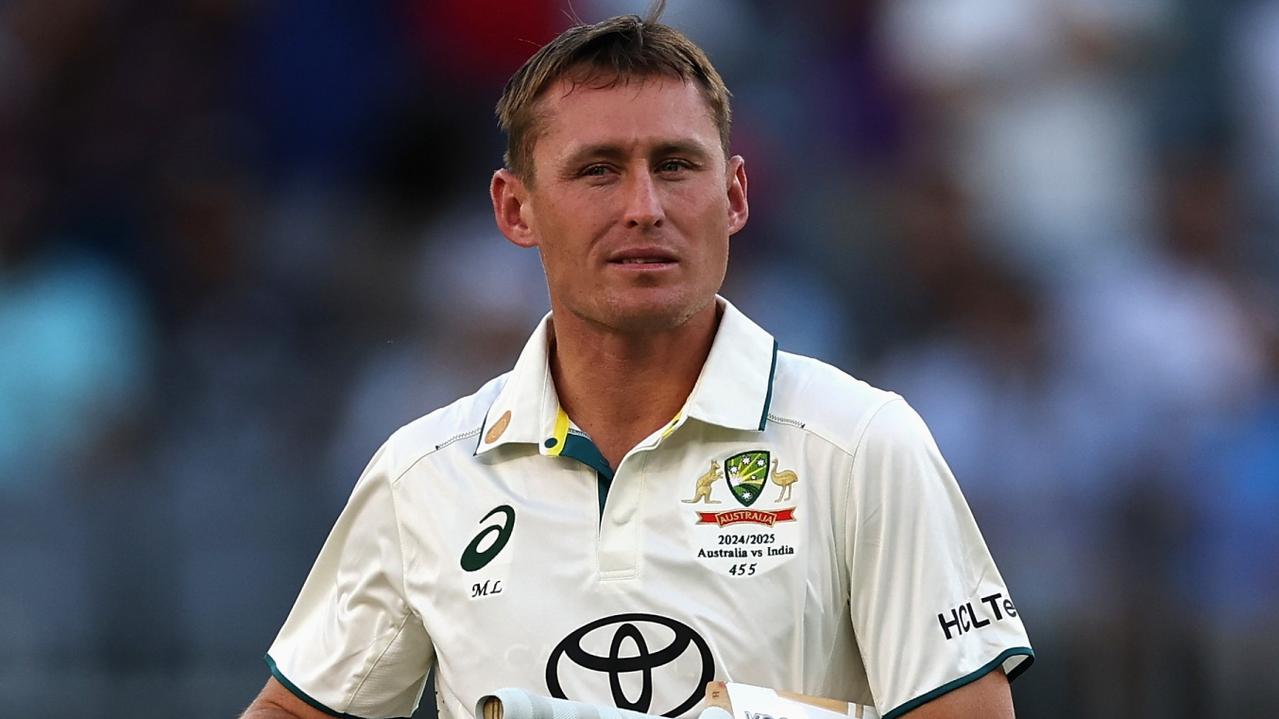If Test selectors drop Labuschagne, here’s what they might do next

- by Admin
- November 25, 2024

Go back to a specialist opener
The dilemma facing national selectors before the series was a lack of suitable opening batting options. South Australian captain Nathan McSweeney, who usually bats at No.3 for his adopted state, was thrown up to open for the first Test, having only done it twice in first-class cricket.
McSweeney made 10 and 0 in Perth – the fewest runs in a debut by an Australian opener since 1979. Data shows McSweeney struggles when he bats in the first three overs of an innings. If selectors wanted to drop Labuschagne, which is possible, they could slot McSweeney back to his preferred position at No.3 and pick a specialist opener like Marcus Harris.
Cameron Bancroft was in the opener selection conversation only a month ago but is in the midst of a horror form slump. Harris hit 74 in the second Australia A match against a decent India A attack, so could be an option.
Find a spot for Inglis
The spare batter in Australia’s squad is Josh Inglis, who’s made 297 runs at 99 from four innings in the Sheffield Shield for Western Australia this season. The only problem is that Inglis isn’t a top-order batsman and normally does his best work in the middle order.
Instead of throwing him in at No.3, the logical solution would be to push Steve Smith up to No.3 – he boasts a superior Test average at first drop – with Head up to No.4. Inglis could bat at No.5 or No.6, with Mitchell Marsh in the spot he’s not. Of late, Australia has been keen on picking the best six batsmen in the country and then working out positions.
Get the young gun in
There is little doubt Sam Konstas has a bright future and will play Test cricket for Australia. There is a school of thought, however, to just throw him into international cricket because he’s that good. It’d be a bold move from selectors given Konstas got found out a little in recent Australia A matches – he made scores of 0, 16, 3 and 73 not out – but if he is the future, now might not be the worst time ahead of next summer’s Ashes. Traditionally an opener, Konstas would be happy at No.3 and it might protect the youngster a bit from the danger that is Bumrah. But it would be a huge call given the frailties at the top of the order.
The left-field option
In January 2019, Kurtis Patterson was being floated as a potential Test bolter. Then he came out and made scores of 157 not out and 102 not out for a Cricket Australia XI against Sri Lanka to force his way into the Test squad. He debuted in Brisbane and made a century in his second Test in Canberra. Patterson, 31, has not played for his country since, despite boasting a remarkable Test average of 144.
Dropped from the NSW Sheffield Shield side, Patterson forced his way back last month through sheer weight of runs in grade cricket. Since then, he’s posted scores of 91, 66 and 71 before scoring 99 on Monday at the SCG. Has worked hard to improve his game and wouldn’t feel overawed by the challenge. Patterson didn’t let selectors down last time and is a strong player of fast bowling. Most importantly, he’s a genuine No.3.
The veteran Victorian
Peter Handscomb has more first-class runs than any Australian in the world this year, having been plying his trade in the off-season for Leicestershire. Handscomb is sixth on the run-scorers list for the Sheffield Shield, with 341 at 48.7. From 20 Tests between 2016 and 2023, Handscomb has averaged 37.2. However, from 19 innings against India, Handscomb hasn’t reached triple figures.
The Latest News
-
November 25, 2024AFLW’s top gong crowned on night of nights as other major award winners revealed
-
November 25, 2024Best Real Money Online Casinos Australia 2024 – Top Sites to Play and Win
-
November 25, 2024Ordinary. Worst. Ugly. Rating Australia and India players from the first Test
-
November 25, 2024Haier becomes official partner of Australian Open and Summer of Tennis – Dimsum Daily
-
November 25, 2024Srixon UltiSoft balls: What you need to know – Australian Golf Digest





